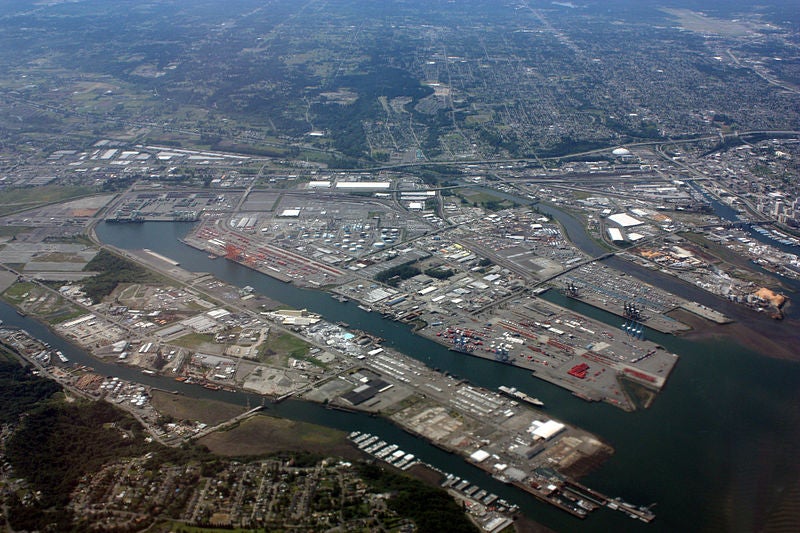
The ports of Seattle and Tacoma, the managing members of The Northwest Seaport Alliance (NWSA) in the US, have voted in favour of the Terminal 5 modernisation programme.
The members have approved lease agreements and authorised construction on the terminal, preparing it to return to use as a global container terminal, with the capability to handle the ultra-large container vessels increasingly calling at West Coast ports.

Discover B2B Marketing That Performs
Combine business intelligence and editorial excellence to reach engaged professionals across 36 leading media platforms.
They have also approved an interlocal agreement, which allows the Port of Seattle to use a portion of Terminal 46 for a cruise berth.
Port of Seattle commission president Stephanie Bowman said: “The modernisation of Terminal 5 represents a transformative investment in our region to support our state’s economy.”
The modernisation of Terminal 5 is expected to create 6,600 new direct jobs and more than $2bn in business activity. Furthermore, the NWSA will be able to expand its cargo-handling capabilities.
Port of Tacoma commission president Clare Petrich said: “Terminal 5 will be able to handle the largest marine cargo vessels now being deployed in the Asia-Pacific trade route quickly and efficiently, providing a critical link for Washington state exports to Asian markets, both for agricultural products such as hay, apples and potatoes, as well containerised cargo for customers such as Paccar and Starbucks.”

US Tariffs are shifting - will you react or anticipate?
Don’t let policy changes catch you off guard. Stay proactive with real-time data and expert analysis.
By GlobalDataOnce the new Terminal 5 is modernised, international cargo will be realigned to increase marine cargo efficiency across the Seattle harbour.
The Terminal 5 lease allows SSA Terminals, a joint venture (JV) entity owned by SSA Terminals and Terminal Investment (TIL), to start operating there once phase one construction concludes in 2021.
The existing lease at Terminal 18 will be amended to introduce conditional consent for the lease to be assigned to the new JV (SSA Terminals and TIL).
The deal, including future Phase II commitment, represents about $500m in private and public investment in the region’s economy.





